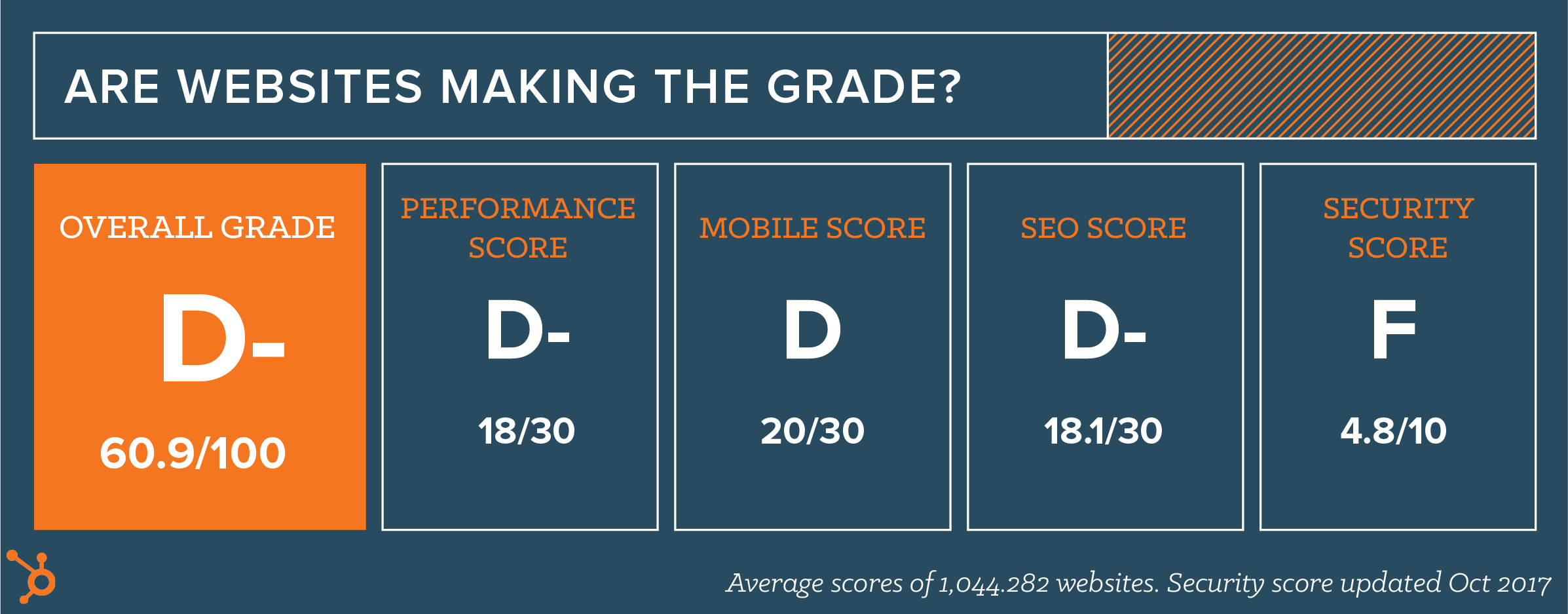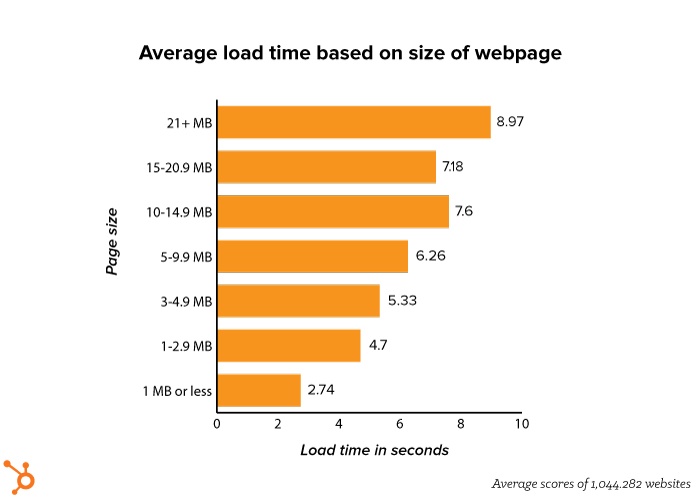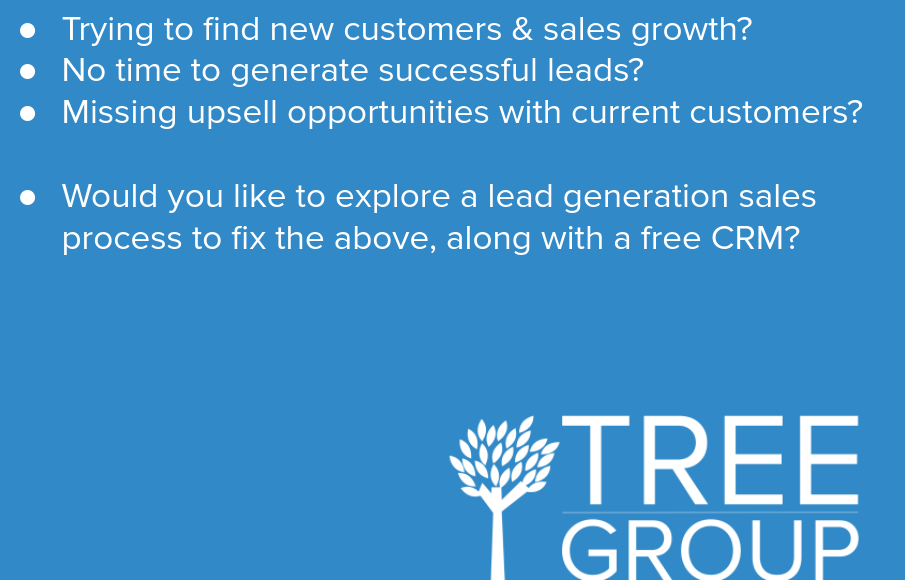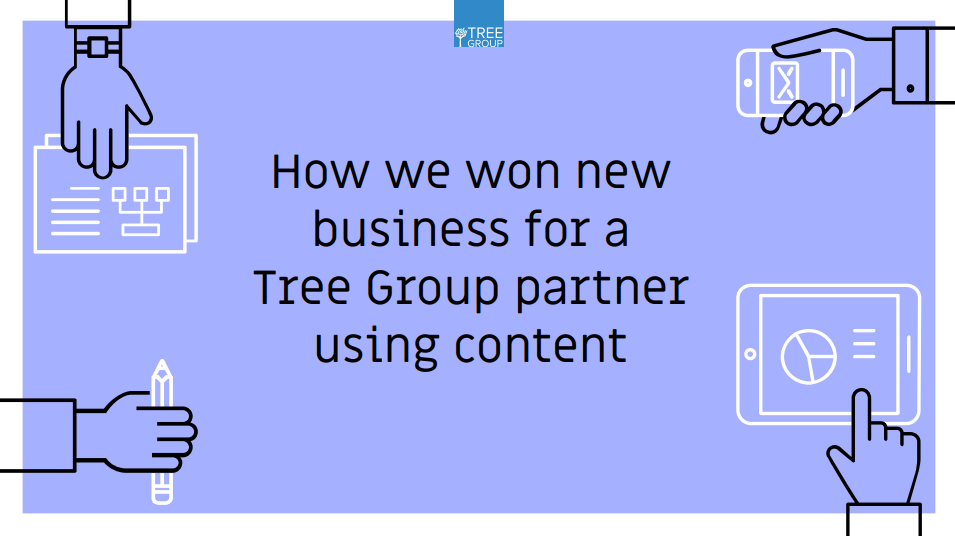I still find a LOT of companies in Automotive that don’t link their website with business growth. Many say their website doesn’t generate leads and it’s just there as a resource. It’s crazy because your website is your best salesperson: available 24/7, handle an infinite amount of enquiries, and educates and nurtures new leads so they’re ready to talk to sales. On that topic, let's look at how to increase website traffic with The Latest Website Trends Based On Research, which is part of our series on Surviving The Future...
Yep, it’s time for Automotive companies to evolve and see their website as something that generates revenue and profit. I’m not talking about ecommerce website that sell online. I’m talking about B2B companies in Automotive that sell products and services to vehicle manufacturers, end-users, and distributors and dealers.
What defines whether or not a website makes the grade?
 https://research.hubspot.com/reports/does-your-website-make-the-grade
https://research.hubspot.com/reports/does-your-website-make-the-grade
The reasons why your website is great, are the same reasons that affect how your website ranks in search engines, which is an essential part of attracting your ideal customers when they’re actively searching for answers and solutions related to the products and services that you sell. Let's look at this based on four separate metrics:
- Strong performance
- Mobile optimisation
- Search engine optimisation (SEO)
- SSL security enabled
What we’re about to walk through is based on HubSpot Research that analysed the results of over 1 million submissions to the website grader tool to benchmark how websites are doing today.
Let's start with Are Websites Making the Grade?
The answer is, not really. The average grade for websites is 60.9 out of 100 with issues in all four key metrics. On average, the websites analysed by HubSpot:
- Take 3.7 seconds to load
- Have a page size of 1.2 MB.
- Have 54 page requests
 https://research.hubspot.com/reports/does-your-website-make-the-grade
https://research.hubspot.com/reports/does-your-website-make-the-grade
Now Let's Get Into The Detail. Performance
Overall, websites score just 18 points out of 30. In this report, performance means how quickly a website loads content for each visitor. Page load speeds are important for search engine ranking and good usability. If visitors to your website have to wait for content to load, it’s likely they’ll just leave.
Why should you bother making those techy changes?
- Just 65% of websites have compression.
- Only 45% of websites have browser caching.
If you’re the company that optimises your website, you’ll have a competitive advantage. Time to load is the key performance component for websites today. Your website should load in 3 seconds or less this is because studies show that is the maximum amount of time website visitors will wait before trying another website. We demand every NOW and visits to your website are the same.
As an example, a web page that’s 1MB of less can load in 2.74 seconds whereas a web page that’s 5 to 9.9MB can take 6.26 seconds and that will have lost a chunk of visitors.
Here are some ideas to help speed up your website
- Compress your images and resize to the correct dimensions.
- Load as quickly as possible by reducing or removing any non-asynchronous requests.
- Use CSS spiriting as an effective way to load images.
- Keep your code to a minimum, especially JavaScript.
- Try deferring code until the user scrolls, if you have long pages.
- Consider how elements of your pages load. If you have Calls To Action, they shouldn’t load last because your website visitors may well miss them by the time they load.
Is Your Website Mobile Ready?
This part is about how your website performs and loads on mobile devices. The most important elements in the research are if your website is mobile responsive and if you can control the width and scale of pages on different devices.
Why is this important? It helps your website visitors that are on mobile devices plus Google looks for mobile responsiveness or a mobile site in their search algorithms. If you have that then it’s a tick in the box with Google and that will help you attract more of your ideal customers. Search engines see mobile ranking differently to if people are on desktops or laptops. You might rank 3rd in a search for people on a desktop but, if your website isn’t mobile optimised, you might not even be on the first page and your ideal customers won’t find you.
Now for three ideas to help
- Use the mobile friendly test by Google to check your website.
- Decide if responsive design or a separate mobile site is right for you.
- If you’re using the HubSpot CMS then that’s all handled automatically.
- Plan your next website redesign around mobile behavior.
Now for Search Engine Optimisation (SEO)
HubSpot’s research found that the average score for websites is 18.1 out of 30. SEO is not new so it’s surprising to see such low scores because search engines, also called Organic traffic, are a major source of new leads if you get your website found when your ideal customers are searching and from our own industry research, we know that decision makers in Automotive use search engines as their primary way to find answers and solutions.
Some reasons why improving your website SEO can give you a competitive advantage:
- Only 75% of websites have page titles.
- Only 59% have heading tags.
- Only 55% have sitemaps.
- Just 42% have properly configured meta descriptions.
Those are all very basic elements of a website and with the right website CMS it’s a quick and easy job to make those improvements to help beat your competitors.
Check each of your website pages and make sure
- Every page has a unique page title, with keywords relevant to the page.
- Every page uses heading tags in the right way (H1 for the main on-page heading then H2, H3, and H4 for sub headings on the page).
- Make sure that every page has a unique meta description using relevant keywords but also written in a way to attract visitors to your website (as it shows in search results along with the page title).
- Make sure your website has a sitemap. A user friendly version in your footer and an .xml version for search engines. You may find that Google hasn’t indexed all of your pages and a sitemap can help.
And lastly, security
With the introduction of GDPR for EU citizens and updates to Google, it’s essential to have a secure website. One way to do this is through an SSL certificate. Less than half the websites analysed were protected by SSL, which creates a secure connection between your website and its visitors to protect data. Google already announced that SSL is a ranking factor so if you don’t have it, it’s a black mark with Google.
If you use the HubSpot CMS, it comes with SSL with a one-click turn on. Easy.
What next with your website
It can feel daunting to make a significant amount of changes so that your website matches your future strategy. You should make sure your website uses a Content Management System that gives you a high level of security and makes it easy for you to make regular updates and improvement based on knowing what pages generate the most visitors, leads, and customers. Knowing your ROI is an important part of making decisions based on facts.
To learn more about Improving Your Website, start with this video on How Automotive Companies Can Survive The Future.
You can find previous posts in our series on website design on our blog, at iTunes and Soundcloud, or on YouTube.












